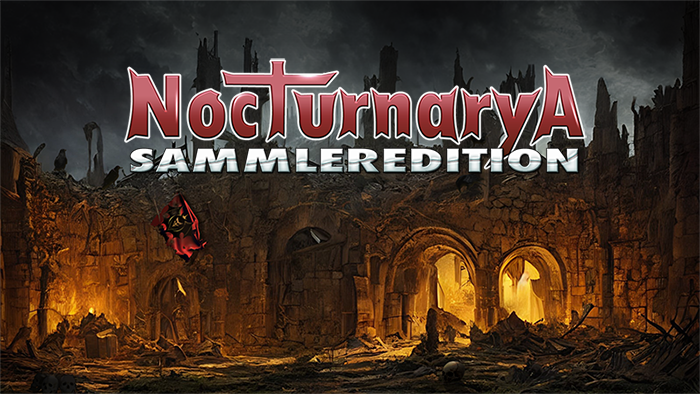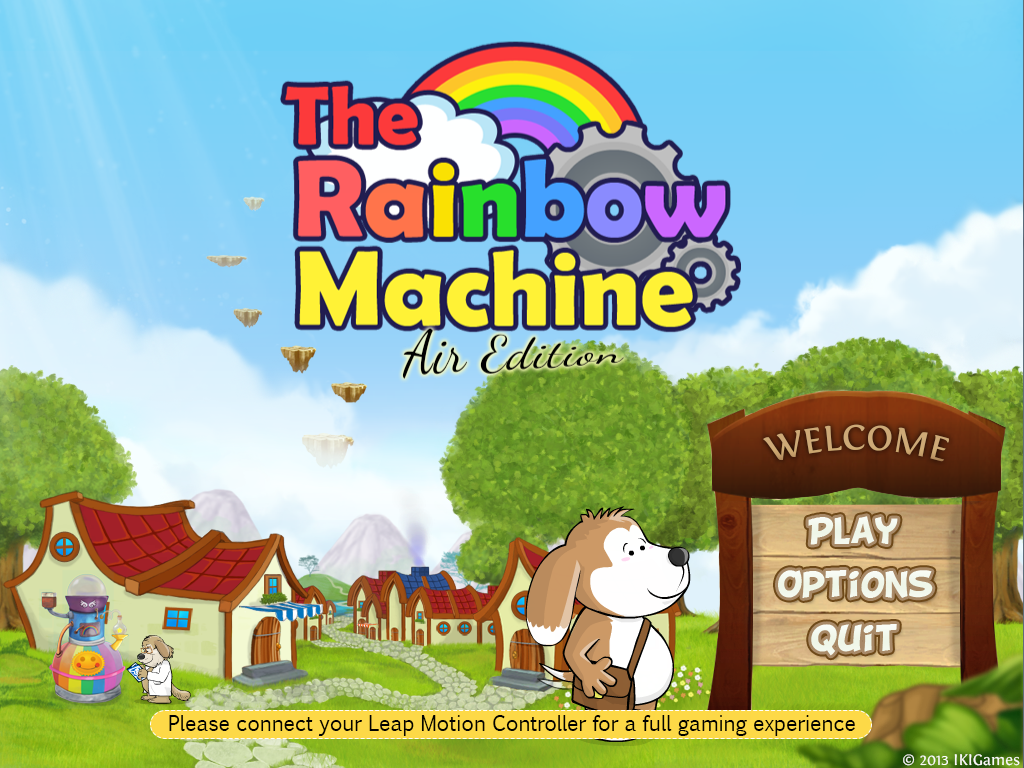Nocturnarya: localized versions
Our current project is the localization of Nocturnarya Collector’s Edition. As usual, our target languages are: German, French, Dutch, Spanish, Portuguese and Italian. It’ll be a Windows-only release. This localization is a daunting task, which comprises a few intricate parts:
- The Story: Nocturnarya’s story is a bit long, as the game builds a particular vampire lore, with adventure, scheming, military invaders, treasons and loyalty. The game portrays several characters of which the most important is you, the player. At its core, it’s a battle between you and Grysmore, the boss of the human invaders.
- The vampire and the vampiress: In the original English game, you can choose how you want to be referred to as the story progresses: as a vampire, a vampiress, or a rockstar renegade. Localizing this is tricky, because of articles and genre-specific details in all the target languages. We’ll be removing the rockstar renegade option, and will do our best to keep the vampire and vampiress options. However, if it proves to be too error-prone we’ll just scrap this option altogether.
- The Village: The game has a section that allows you to build a 3D village for your vampire tribe. However, the help window and the tutorials amount to a lot of text to translate.
- The Match 3 levels: This includes all the help texts, instructions and user interface of the Match 3 levels.
- Collector’s Edition goodies: Last but not least, we’ll have to translate the extra stories and minigames offered as Collector’s Edition exclusive bonuses.
If everything goes smoothly, this localization should be completed by the end of this month.


